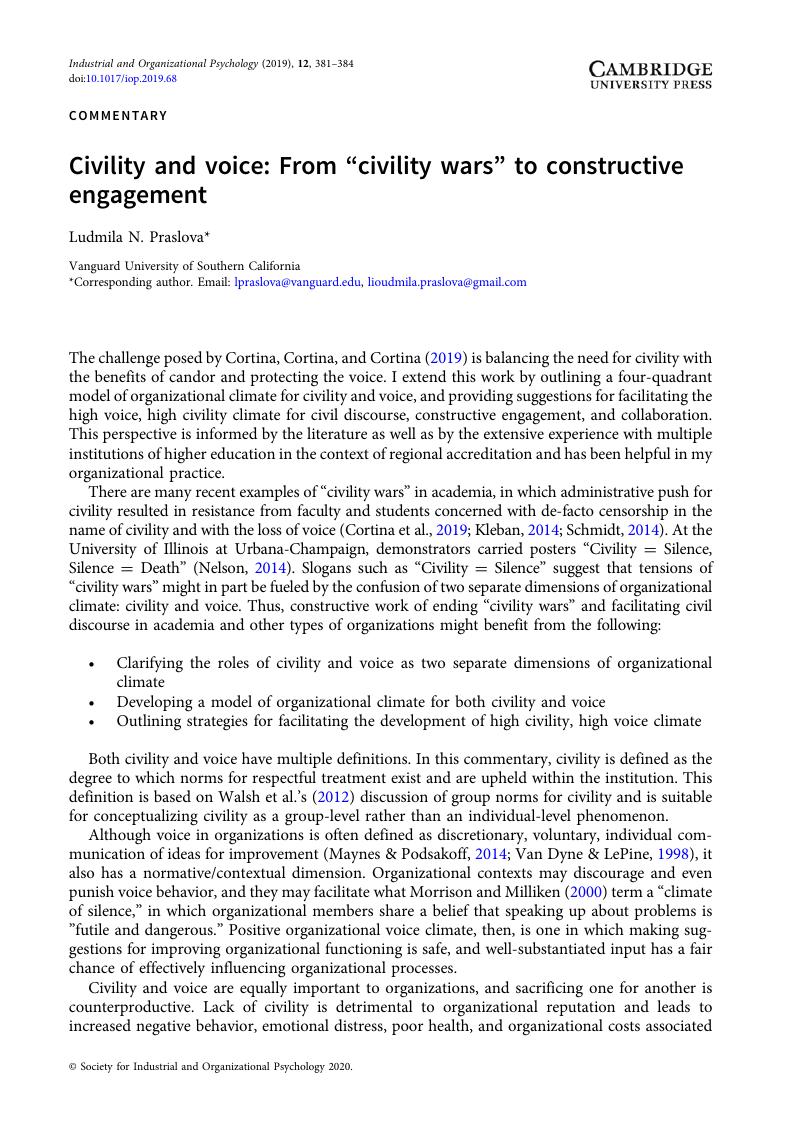Crossref Citations
This article has been cited by the following publications. This list is generated based on data provided by Crossref.
Kundi, Yasir Mansoor
Ahmad, Fawad
and
Nazir, Usman
2024.
Ethics, Faith, and Engagement: Unpacking the Effect of Voice Climate on Work Engagement.
Journal of Business Ethics,



